What treatment
Explore the Best Medical Centers in the World Offering Affordable Treatment
Book Your Consultation Now and Experience World Class Care
HELENE - Stem Cell Clinic
Overview
Japan Regenerative Medicine Leading Brand With over a decade of experience and more than 16,000 treated patients. Providing cutting-edge stem cell therapies tailored to various health concerns.
Read more details
LONVIDA - Regenerative Medicine in Mexico City
Overview
Discover advanced stem cell treatments in Mexico City at Lonvida Wellness and Longevity Center. Offering regenerative medicine, and wellness care.
Read more details
Novusklinik Istanbul Turkey
Overview
Experience world-class dentistry at Novus Klinik Istanbul. We specialize in advanced dental implants, smile makeovers, and personalized care for global patients.
Read more details
Vega Stem Cell Clinic in Bangkok Thailand
Overview
Vega Clinic in Bangkok, Thailand, helps people feel better with special treatments. They use new ways to heal and make sure each person gets care made just for them.
Read more details
Discover your treatment options with a free, no-obligation quote!
Get your quote now!Alternative Cancer Treatment by ITC - Immunity Therapy Center
Overview
Immunity Therapy Center is one of the best cancer treatment centers in Tijuana, Mexico, offering innovative approaches and compassionate care to enhance your path to healing.
Read more details
Asia Cosmetic Hospital
Overview
Discover transformative plastic surgery at Asia Cosmetic Hospital, Bangkok. Experience expert care and stunning results. Elevate your beauty with us.
Read more details
Aurora-Georgia - Surrogacy in Tbilisi
Overview
Welcome to the International Surrogacy and Egg donation Agency Aurora-Georgia, we are genuinely committed to the main aim - the birth of a long-awaited child!
Read more details
Care Smile Center
Overview
Care Smile Center, a top dental clinic in Los Algodones, Mexico, offers dental implants, veneers, root canals, and cosmetic dentistry. Book now at PlacidWay.
Read more details
Discover your treatment options with a free, no-obligation quote!
Get your quote now!Clinic Prime Istanbul
Overview
Clinic Prime Istanbul offers top-notch dental care in Turkey, specializing in smile design, veneers, implants, crowns, and whitening.
Read more details
ClinicExpert
Overview
ClinicExpert offers premier Hair, Plastic, Obesity & Dental Care in Istanbul, Turkey. Expert treatments for hair transplants, surgery & dental needs.
Read more details
Costa Rica Treatment Center - Riverside
Overview
Get top-notch addiction recovery at Costa Rica Treatment Center in Riverside. Expert care in detox, alcohol and drug rehab, and mental health treatments.
Read more details
Dr. Alvaro Uribe - Plastic Surgery in Colombia
Overview
Discover Colombia Plastic Surgery with Dr. Alvaro Uribe in Barranquilla. Specializing in breast augmentation, tummy tuck, liposuction, and rhinoplasty.
Read more details
Dr. Ary Papadopulos - Plastic Surgery in Mexico City
Overview
Experience top Plastic Surgery in Mexico City with Dr. Ary Papadopulos. UNAM-trained expert in HD Liposculpture, Mommy Makeovers & Facial Rejuvenation.
Read more details
Dr. Cristobal Garza - Bariatric Surgeon in Mexico
Overview
Dr. Cristobal Garza’s clinic is one of the top 10 best bariatric surgery centers in Mexico, offering expert care to help you achieve lasting weight loss. Book now!
Read more details
Dr. Jorge Sandoval - Plastic Surgeon in Mexico City
Overview
Dr. Jorge Sandoval, top plastic surgeon in Mexico City, Mexico, offers liposuction, tummy tucks, breast and buttock augmentation, and facelifts.
Read more details
Dr. Med. Markus Klingenberg - Osteoarthritis Stem Cell Treatment in Germany
Overview
Seeking Stem Cell Treatment in Germany? Dr. Markus Klingenberg at Beta Klinik Bonn provides expert Osteoarthritis Stem Cell Treatment to restore joint function.
Read more details
Dr. Miguel Angel Fernandez
Overview
Transform your beauty with precision at Mexicali's premier Cosmetic Surgery Clinic. Dr. Miguel Angel Fernandez crafts confidence through expert procedures.
Read more details
IVF Clinic in Mexico ViaFERT Culiacan
Overview
ViaFERT is one of the best fertility clinics in Mexico, located in Culiacan. Expert IVF, ICSI, IUI, egg donation, and genetic testing. Book your consultation today.
Read more details
MexStemCells Clinic
Overview
MexStemCells Clinic, based in Mexico City, has over 20 years of experience providing top-quality stem cell therapy. MexStemCells is among Top 5 Clinics in Mexico for stem cells.
Read more details
New Path Ibogaine in Rosarito Beach, Mexico
Overview
Discover safe and effective Ibogaine Treatment in Rosarito Beach, Mexico at New Path. Transform addiction recovery with professional care and lasting results.
Read more details












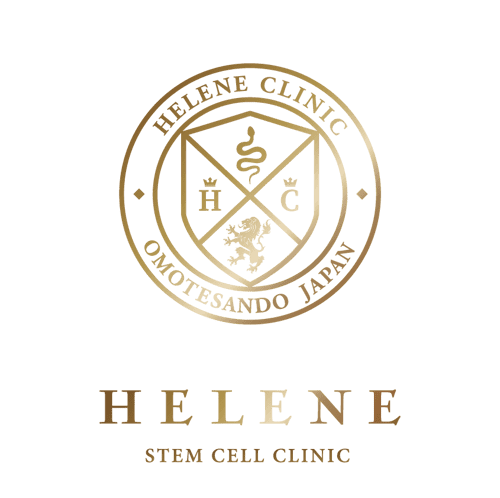

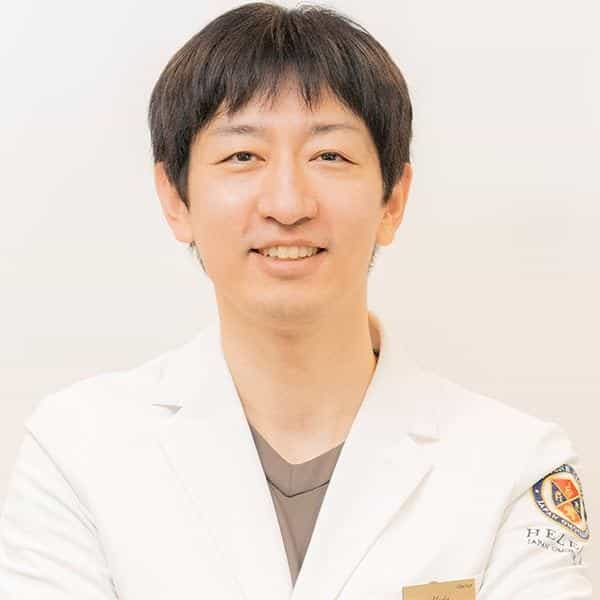



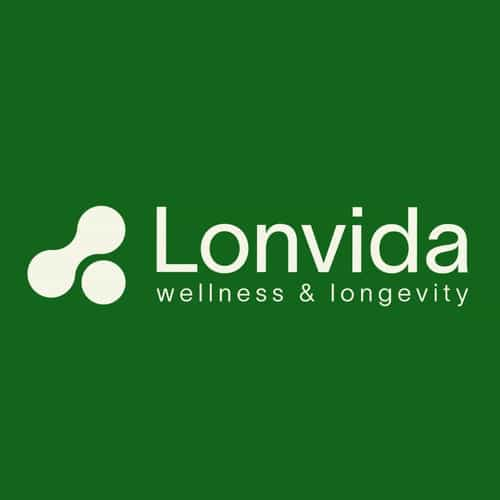
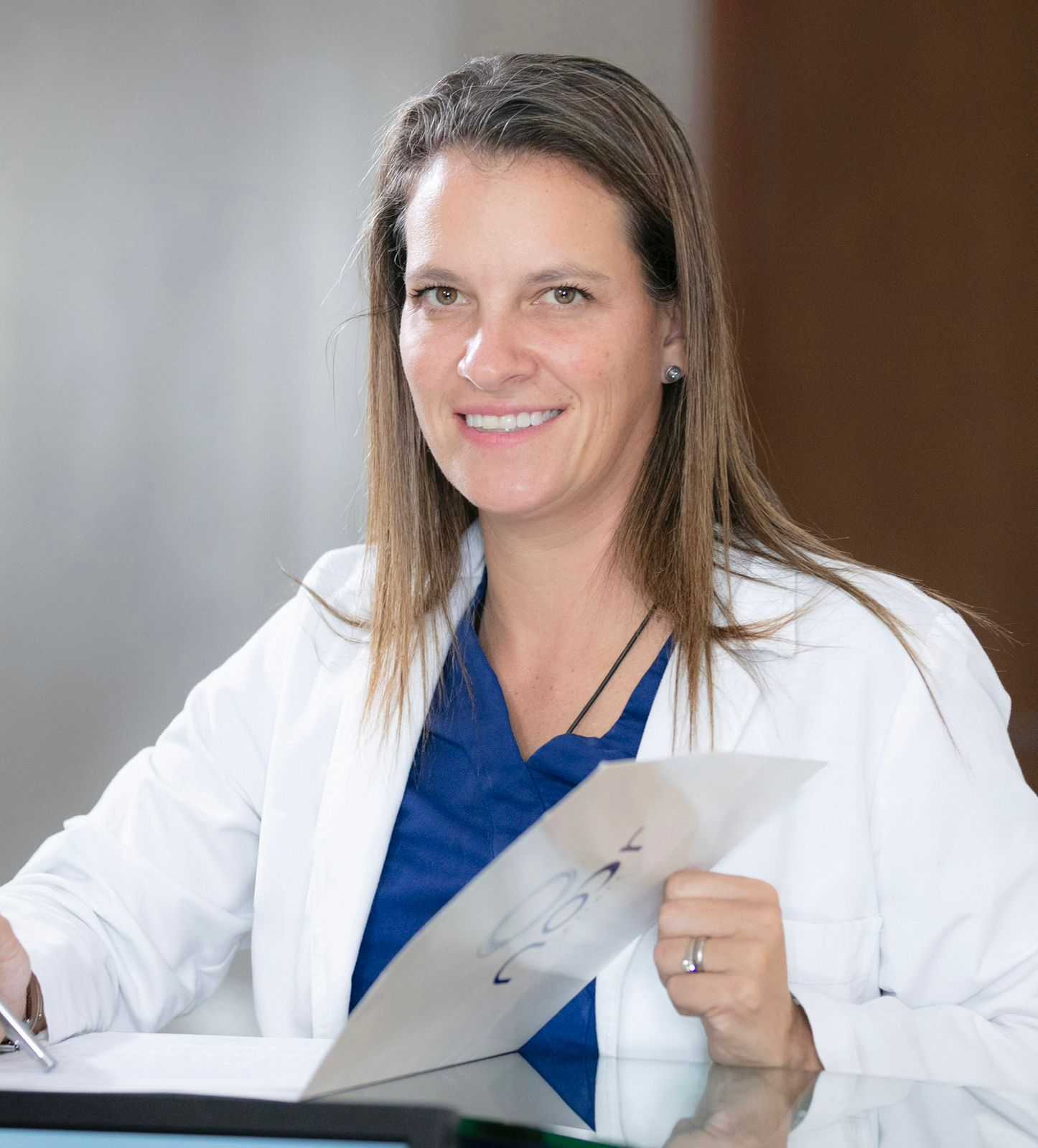
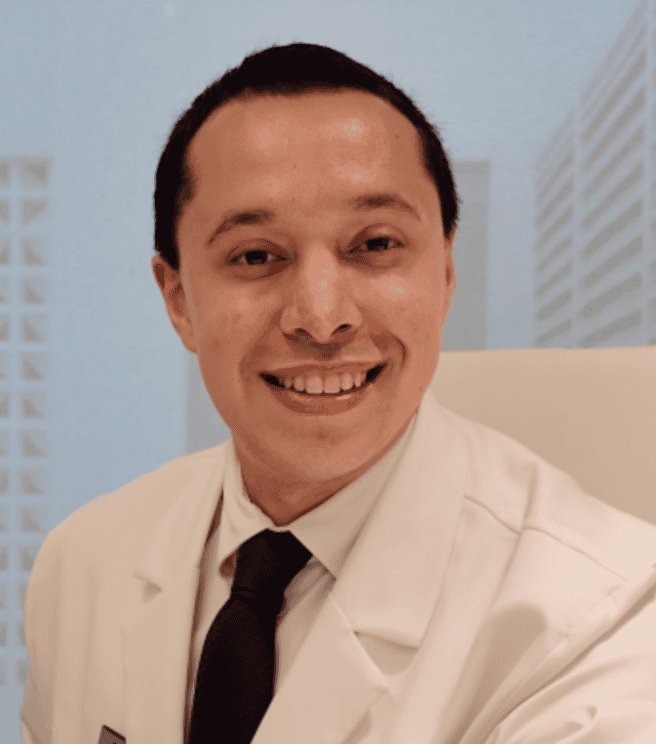

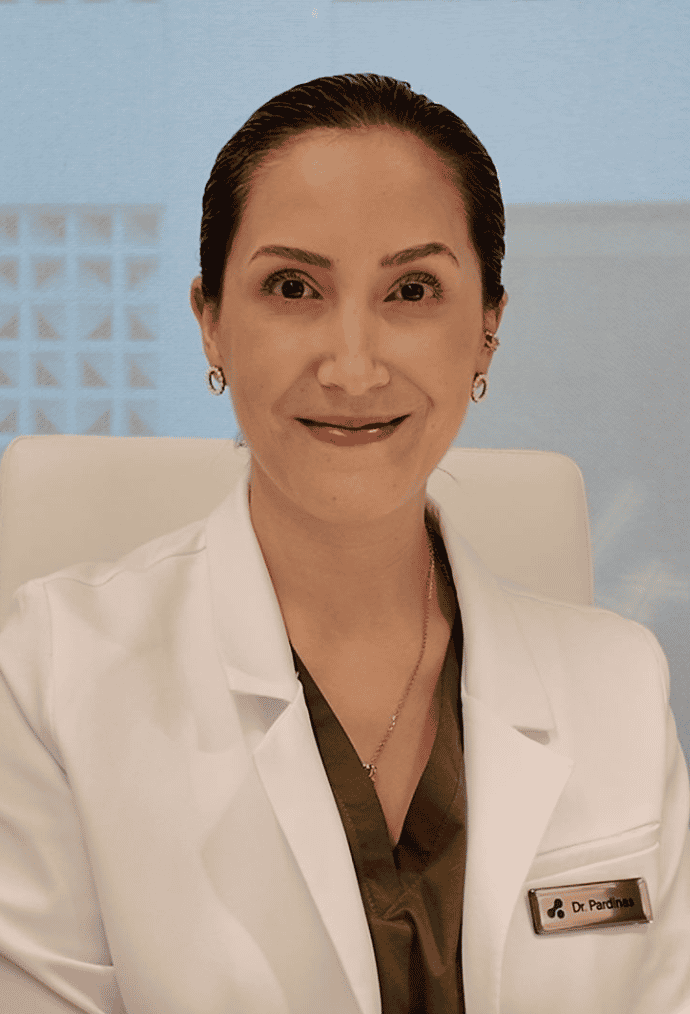
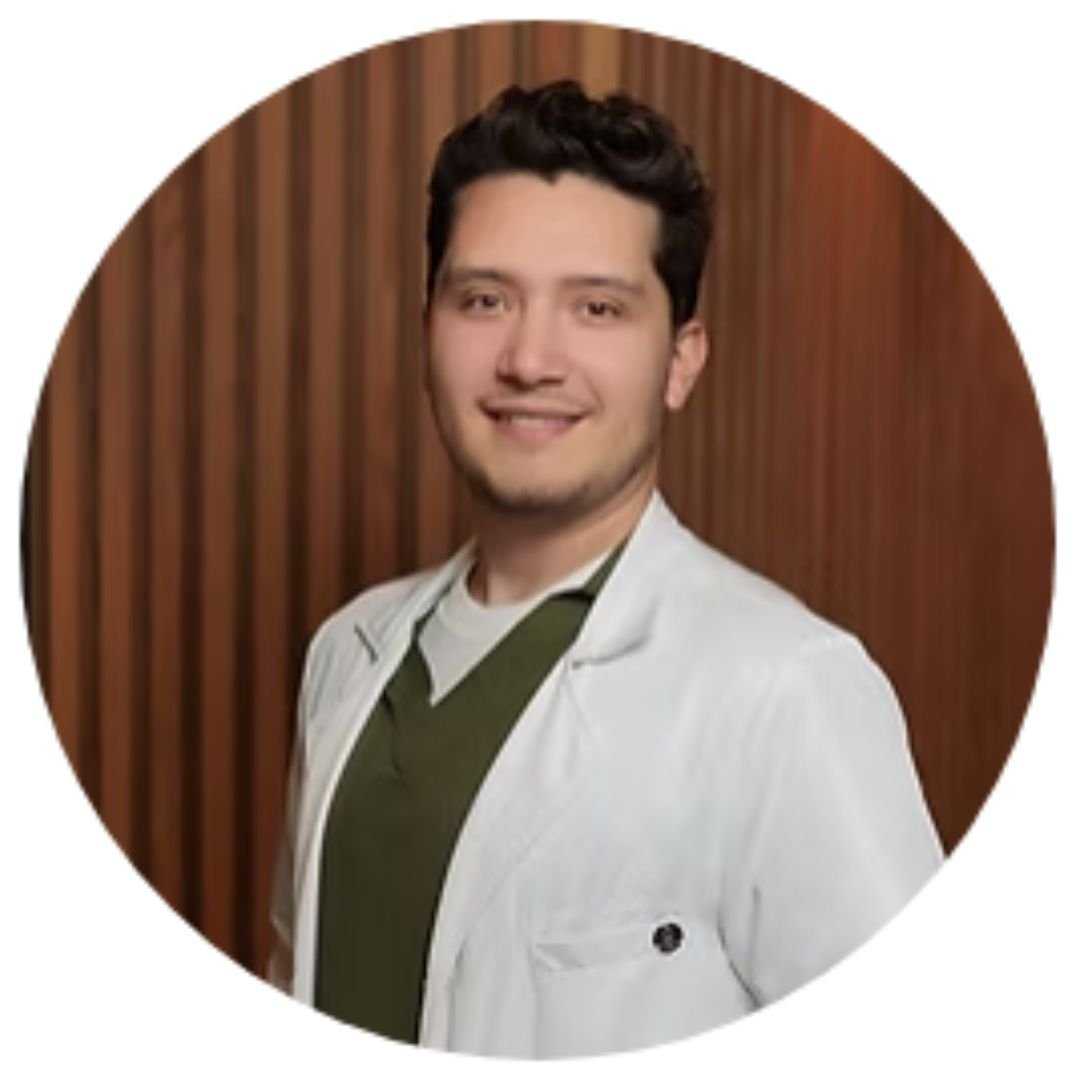
.png)
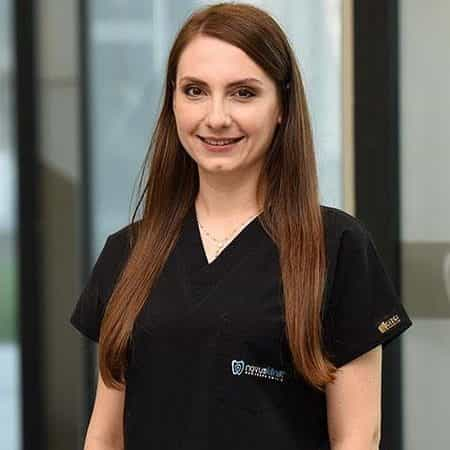




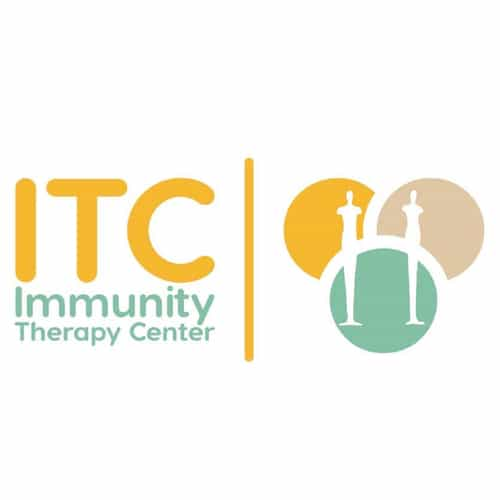
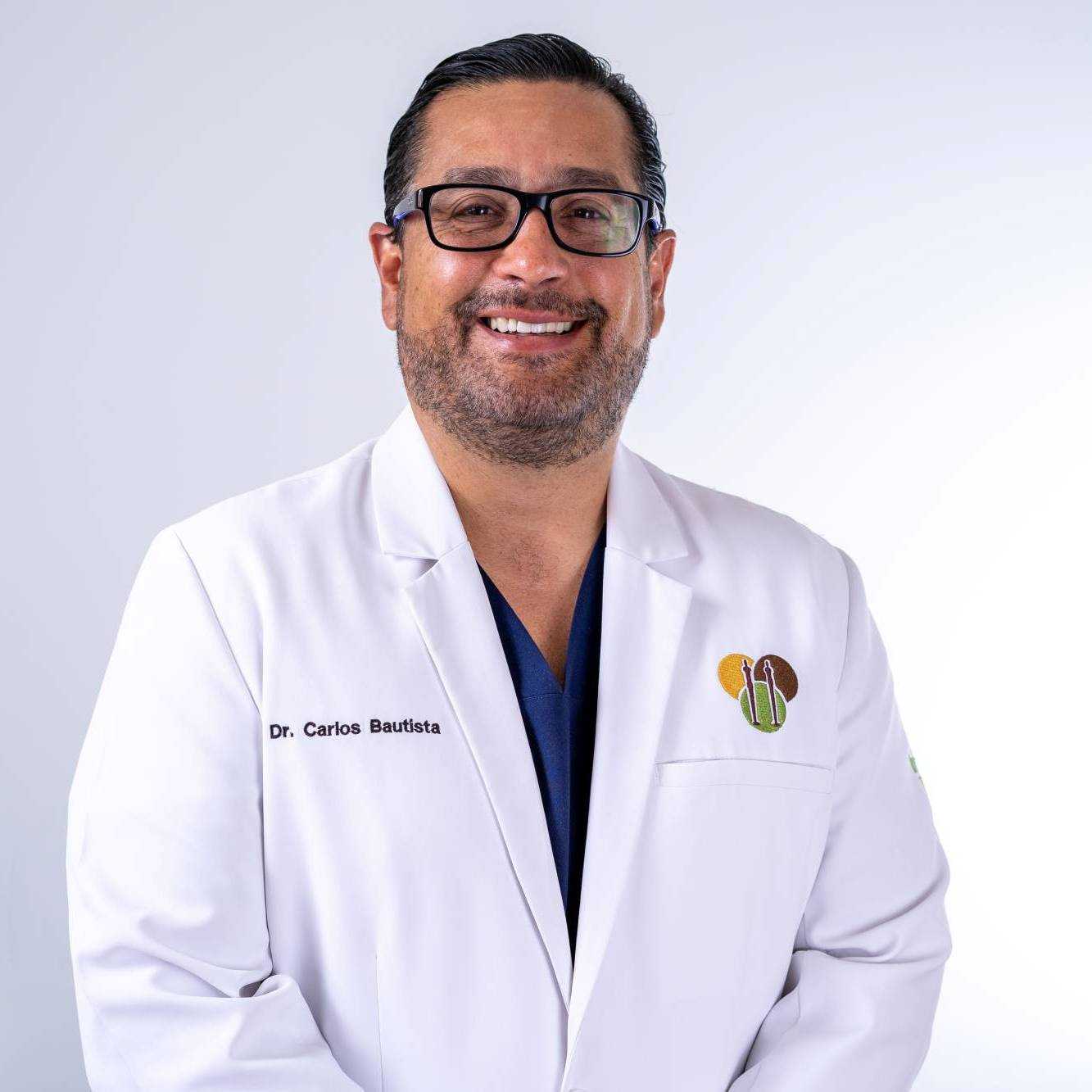

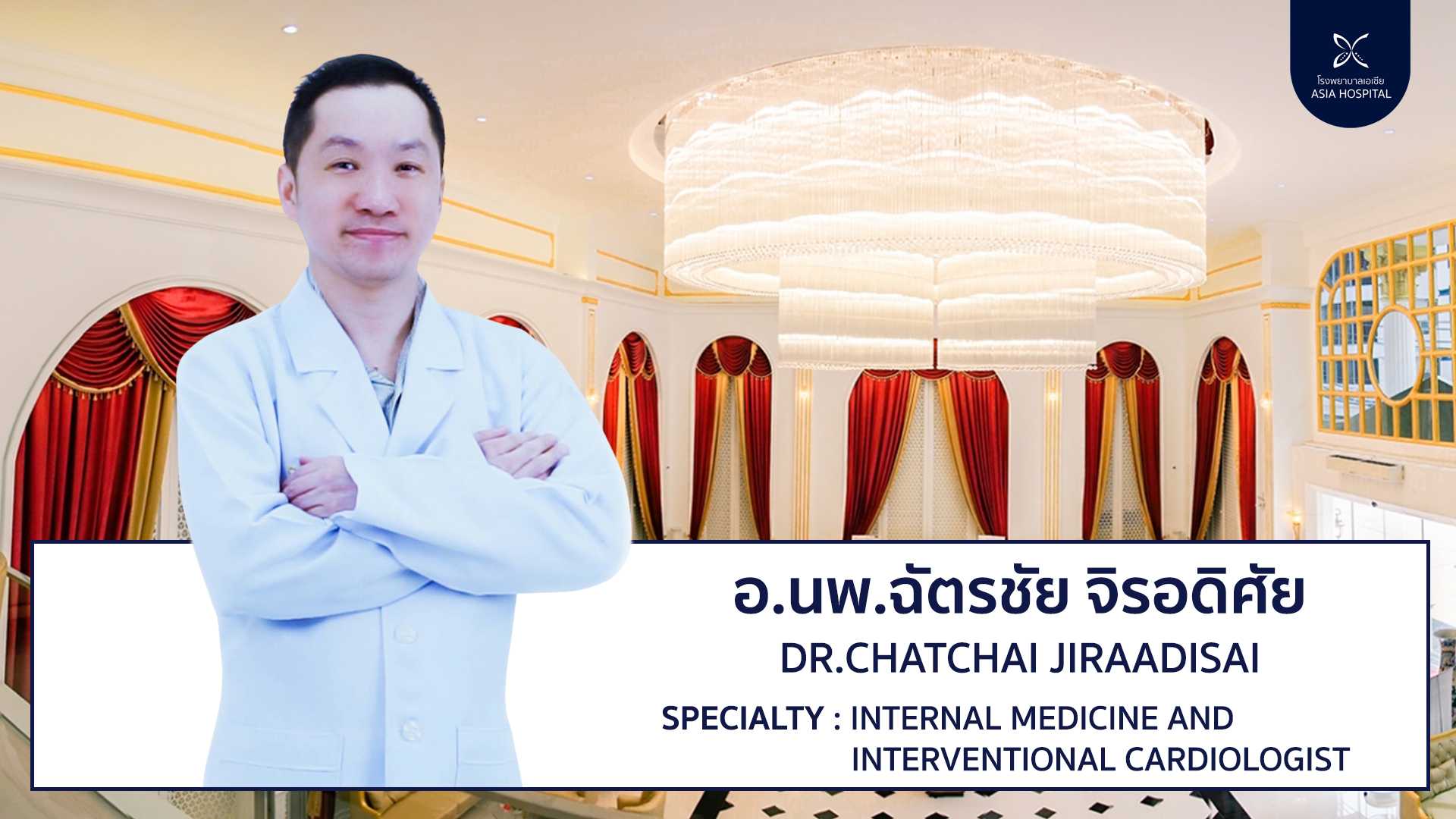

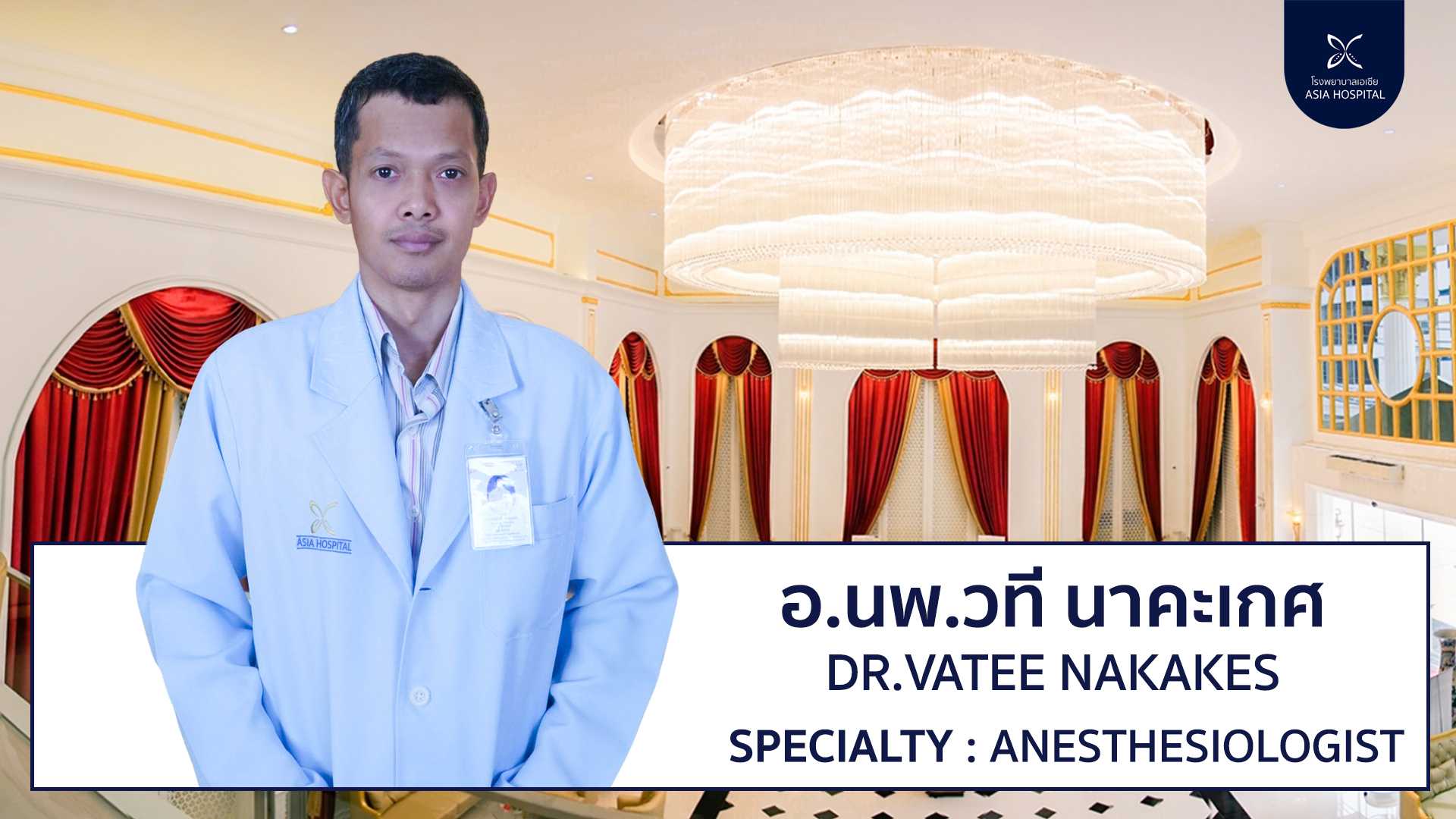
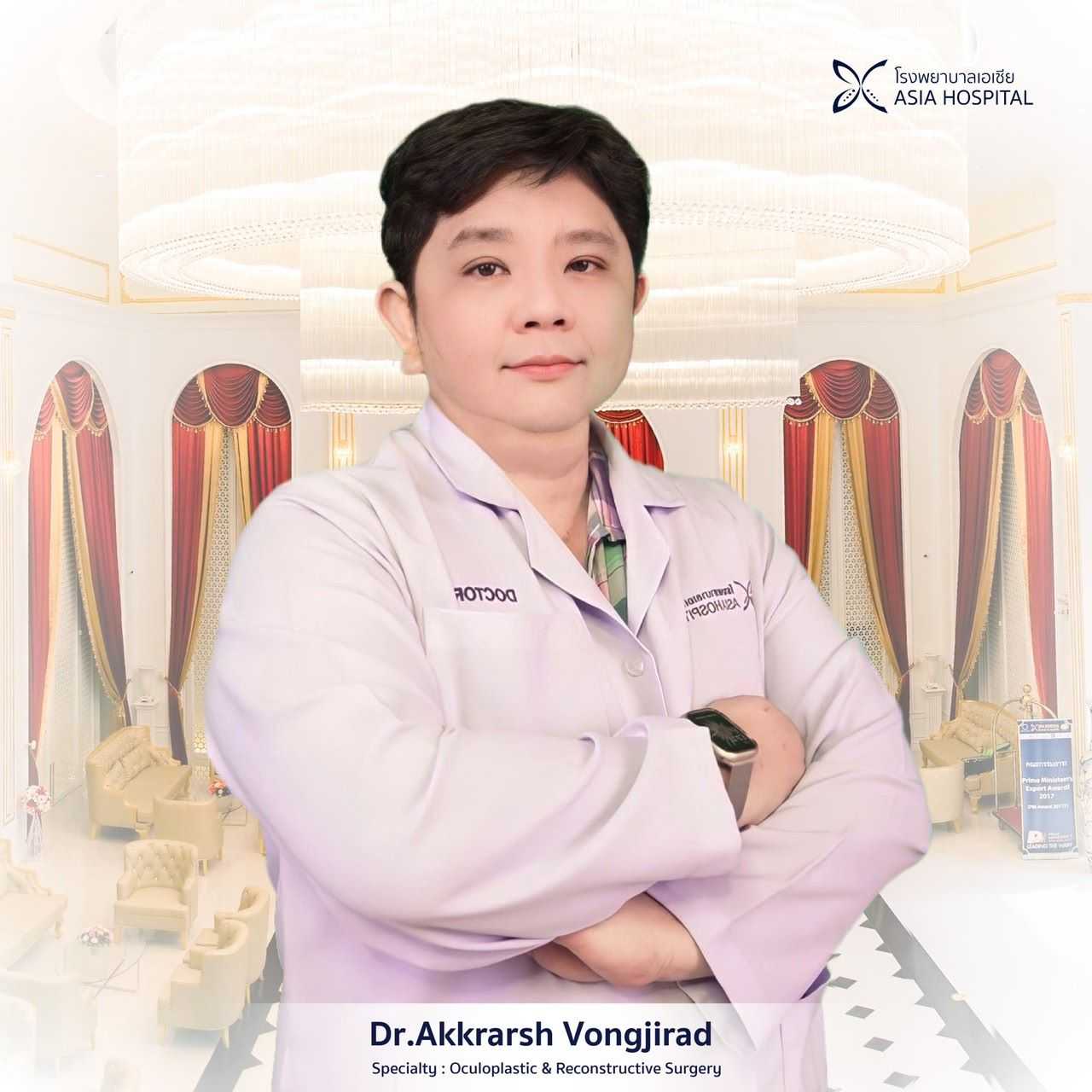
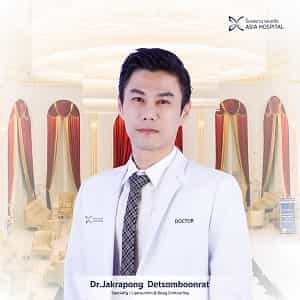
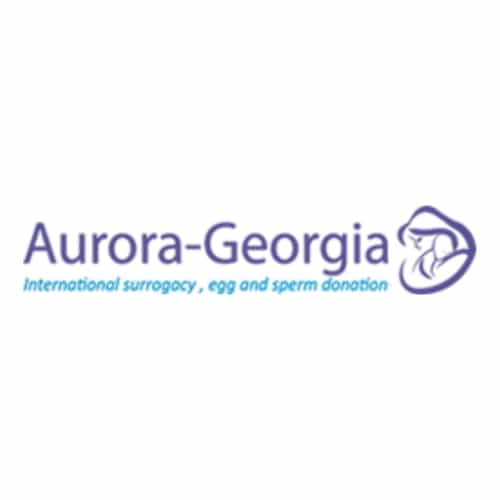
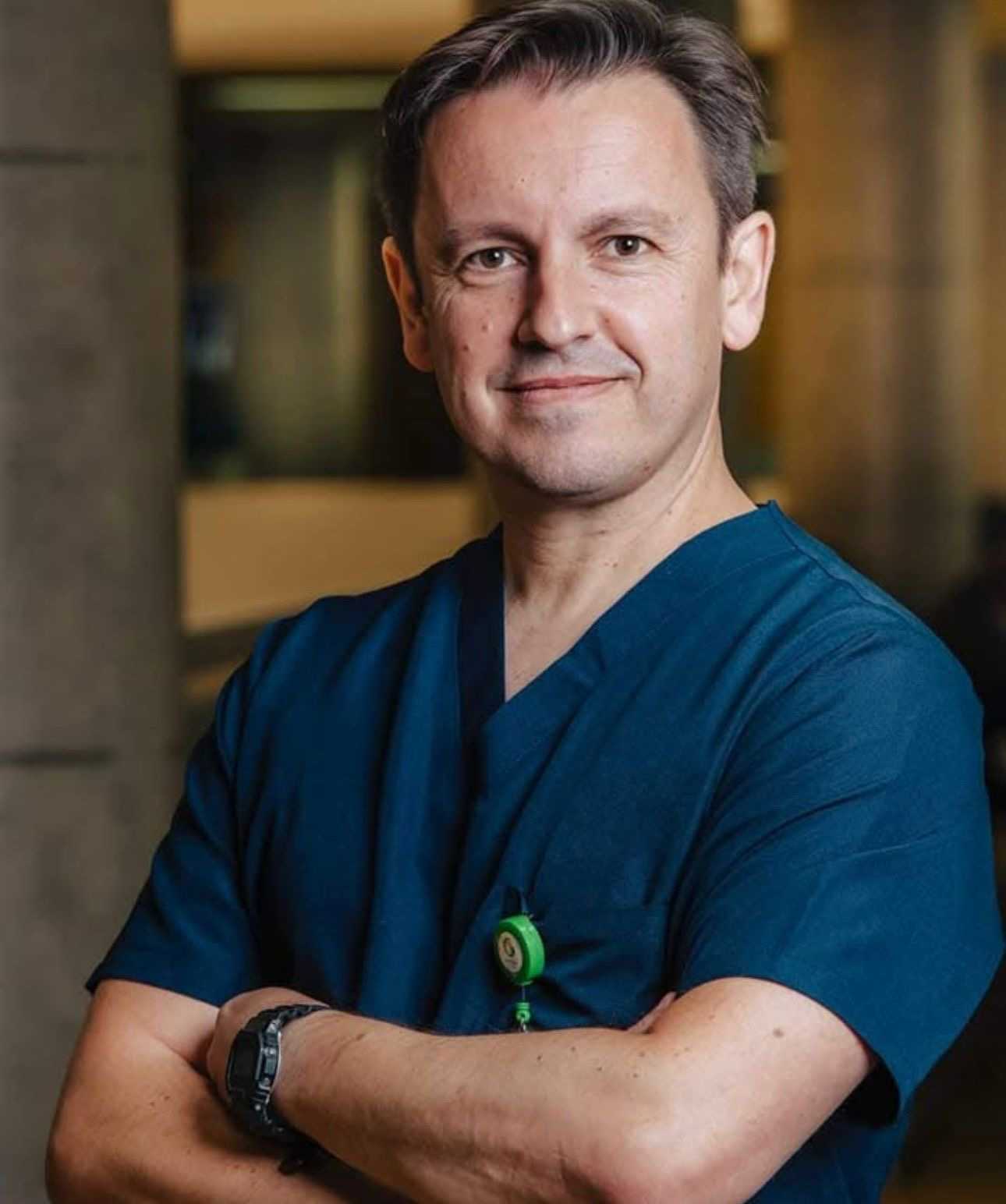
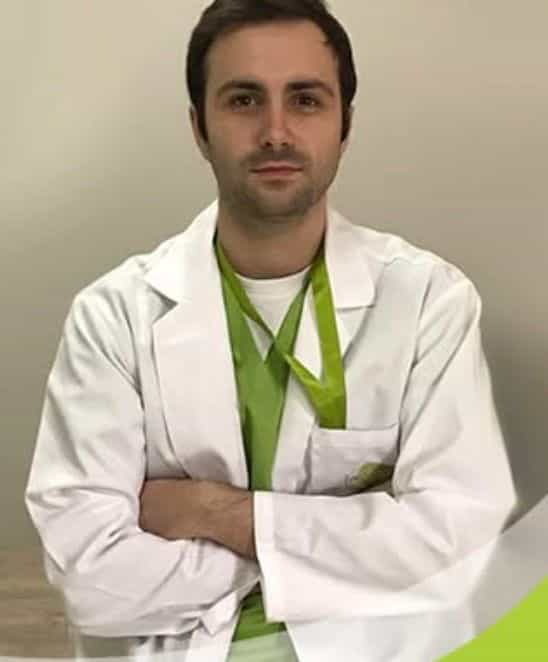
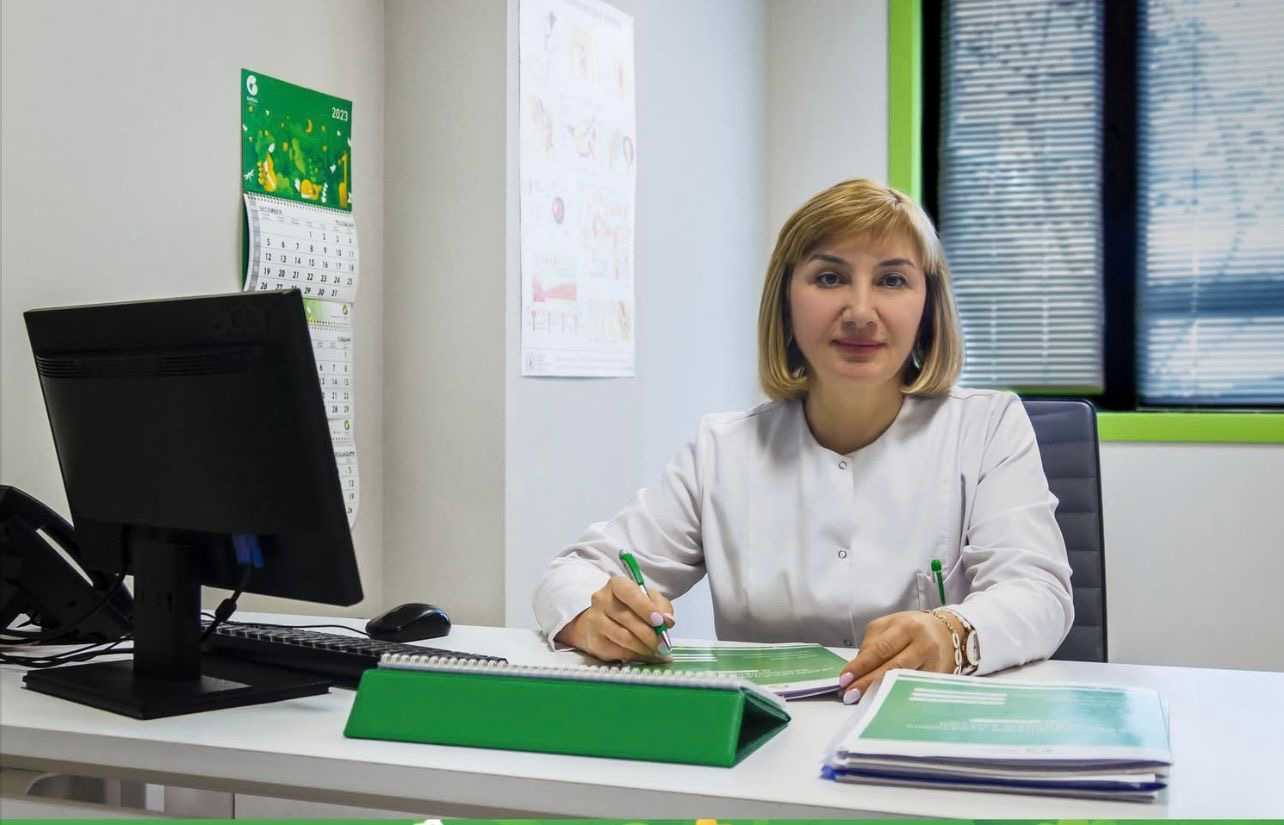
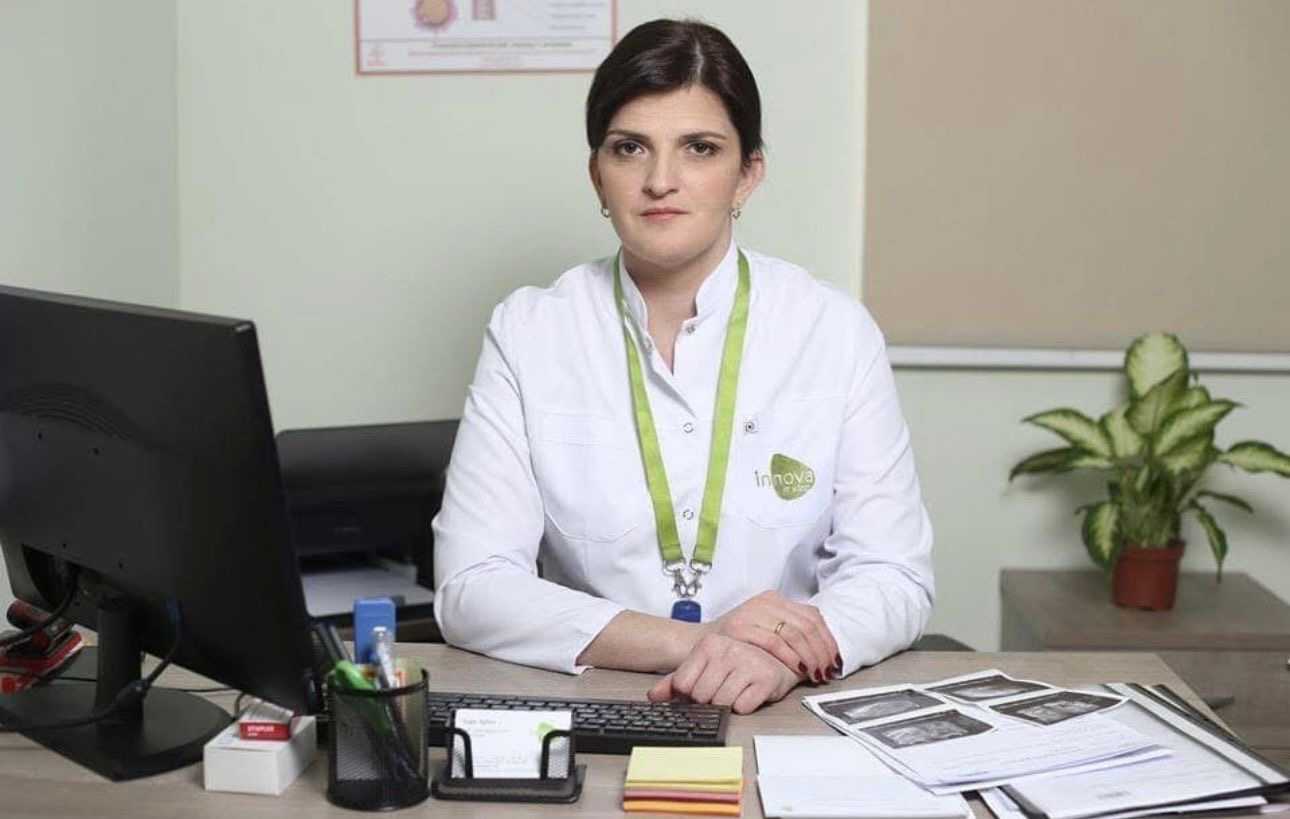


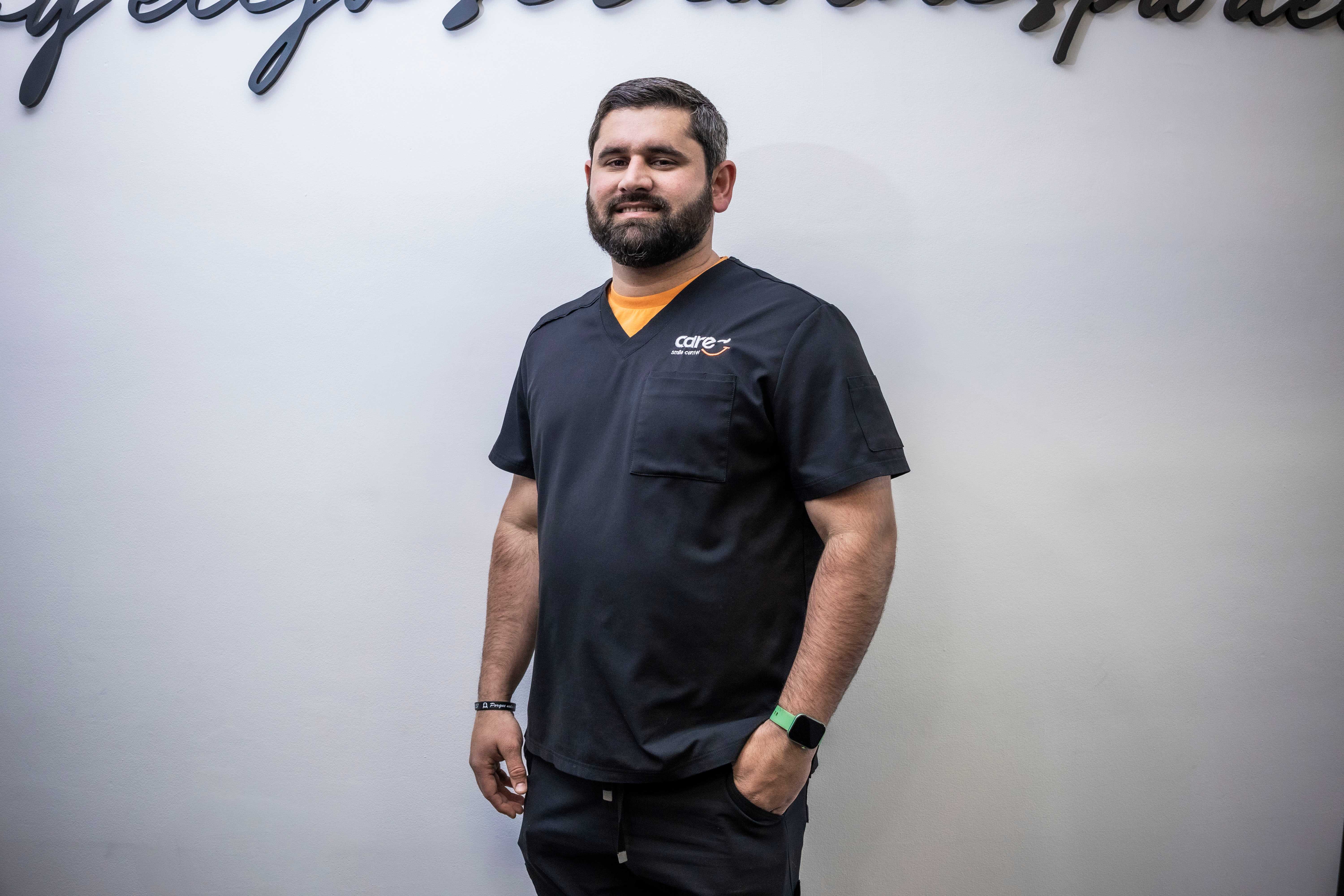

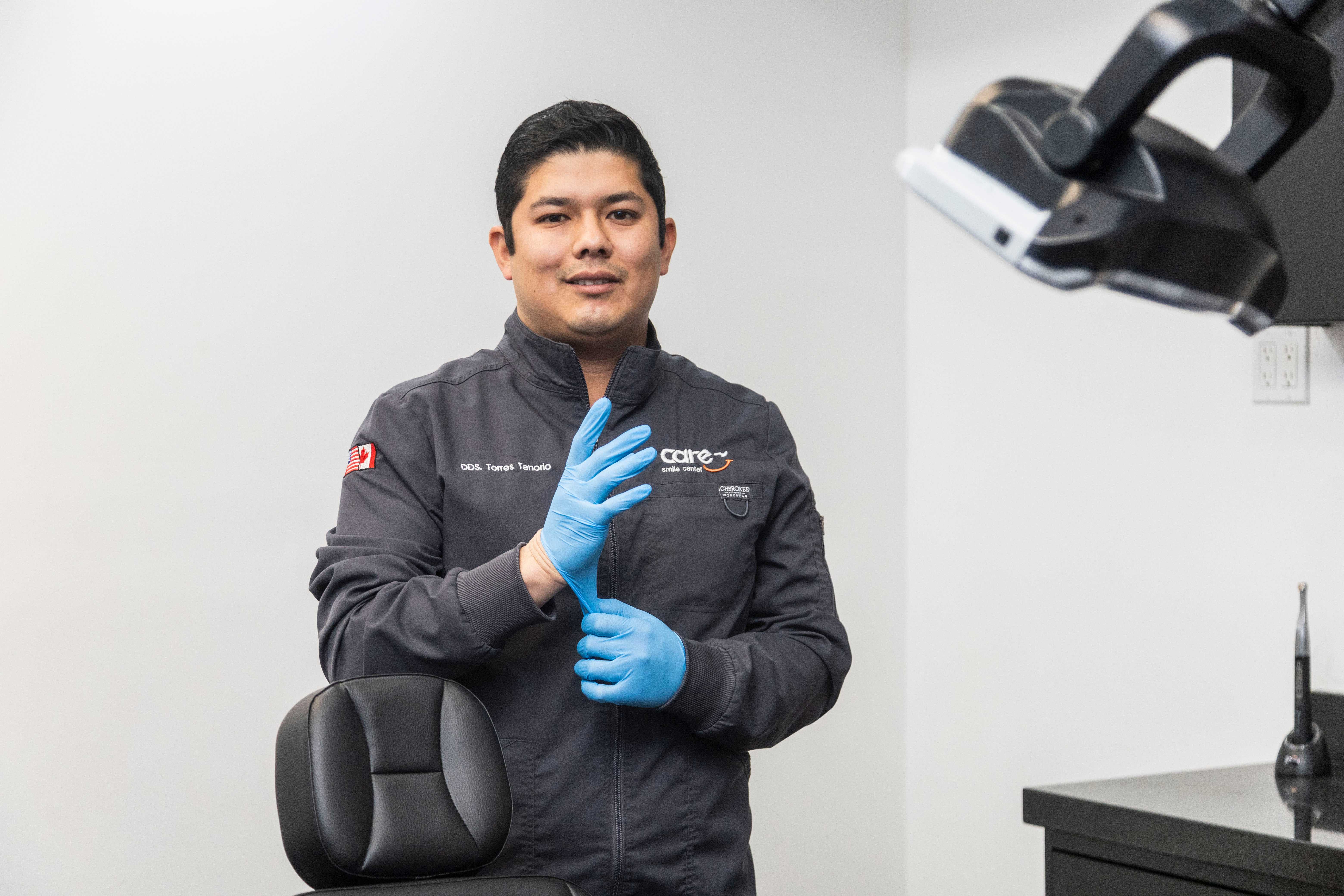
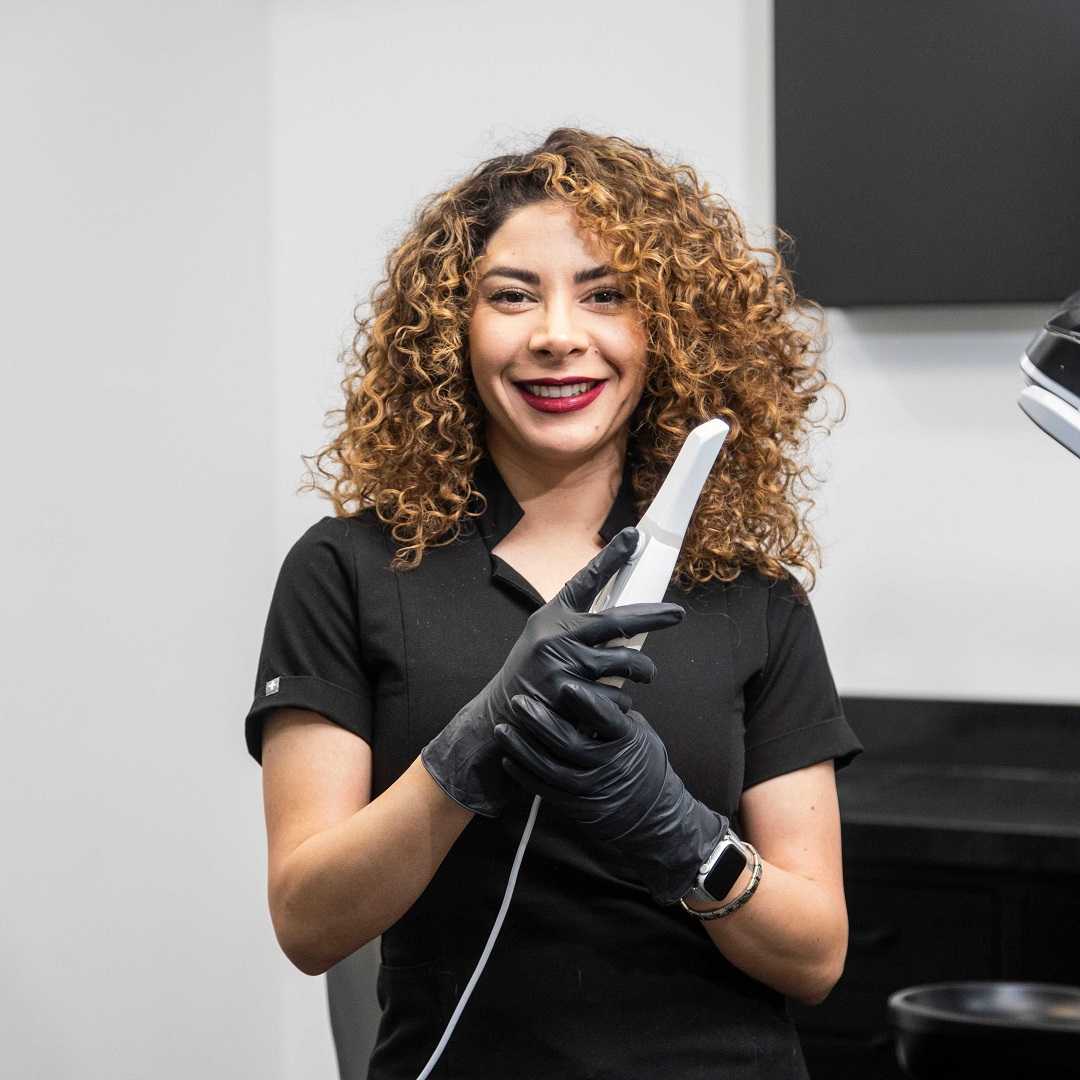

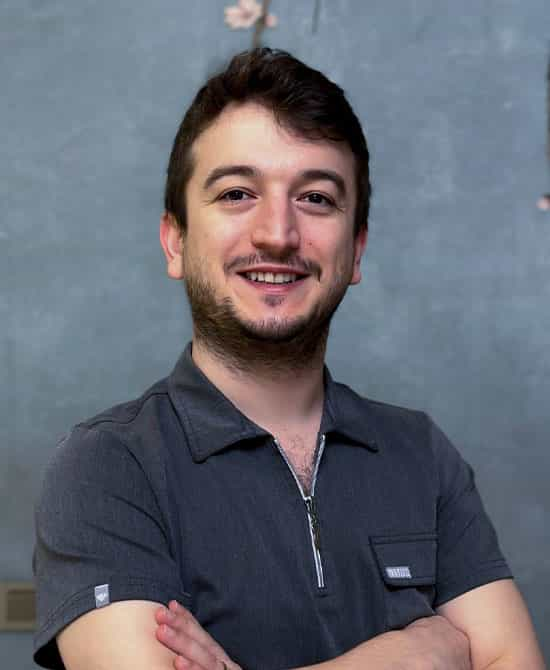
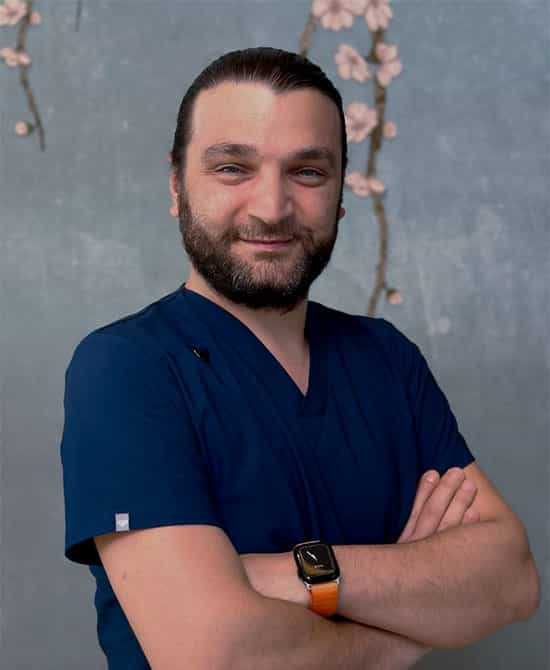
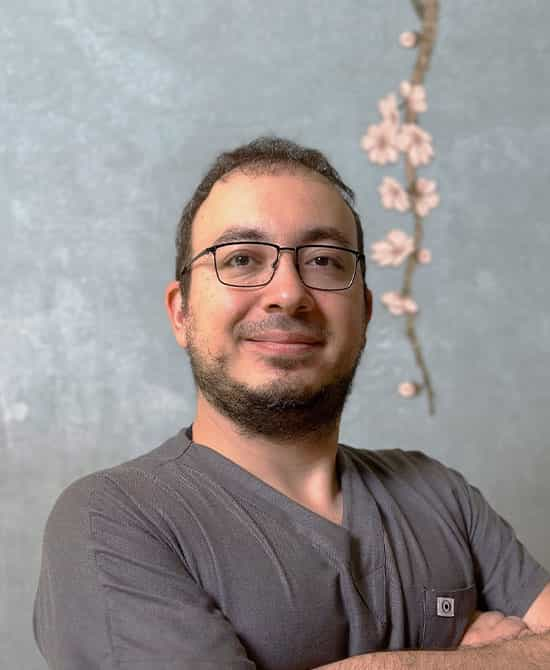
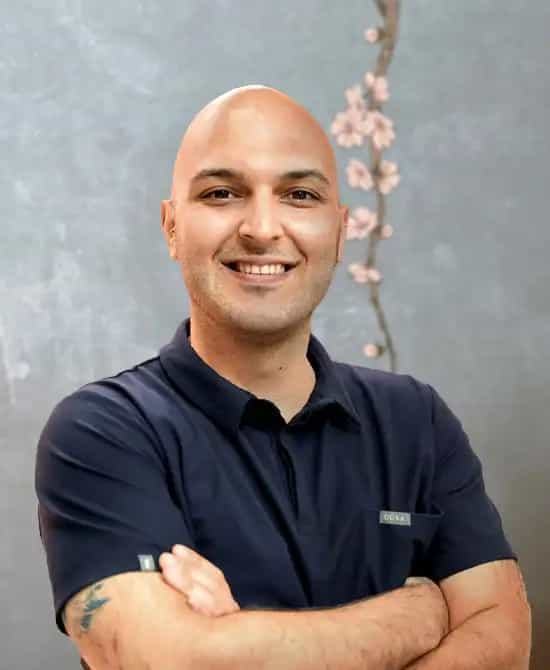

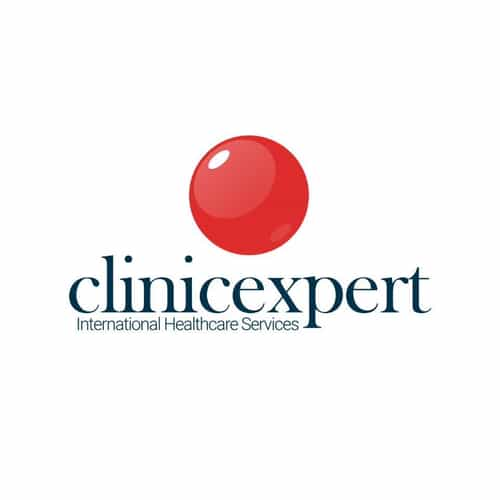
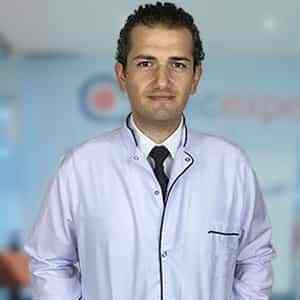

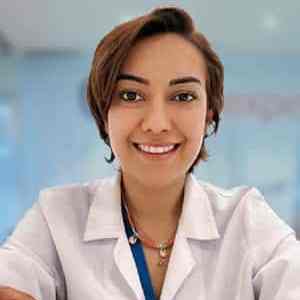
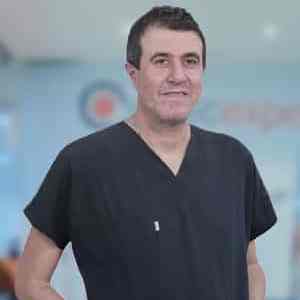
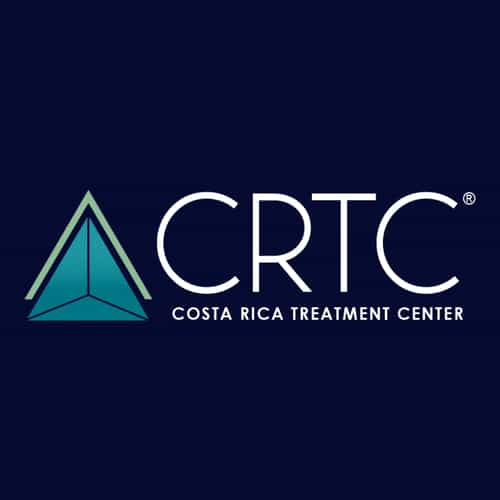
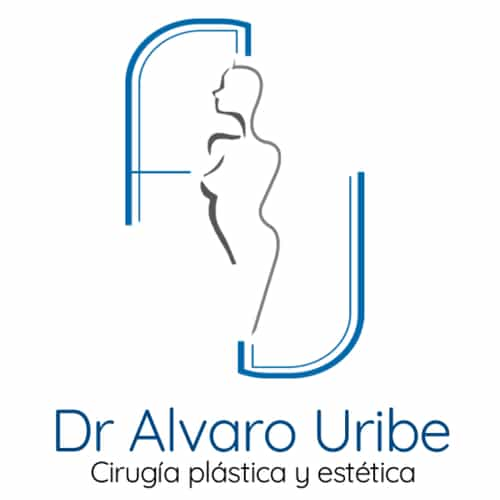
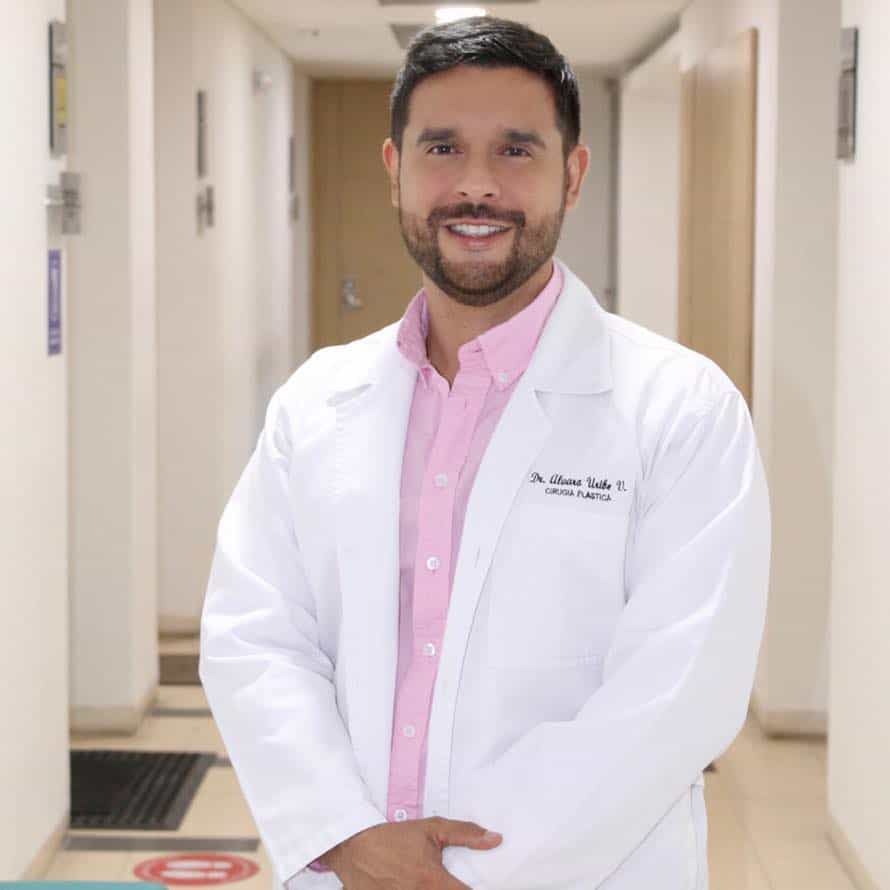
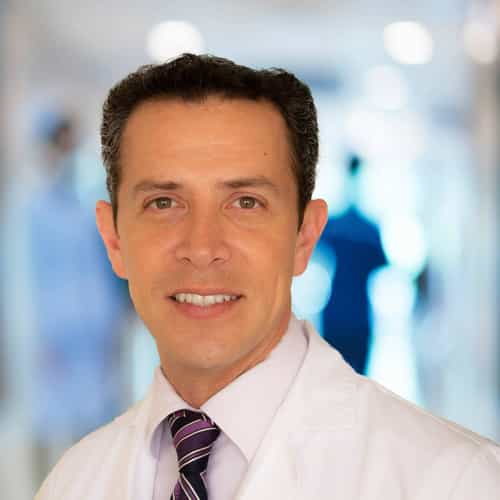
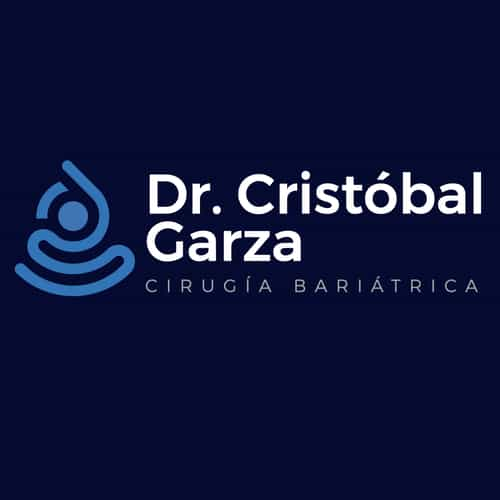
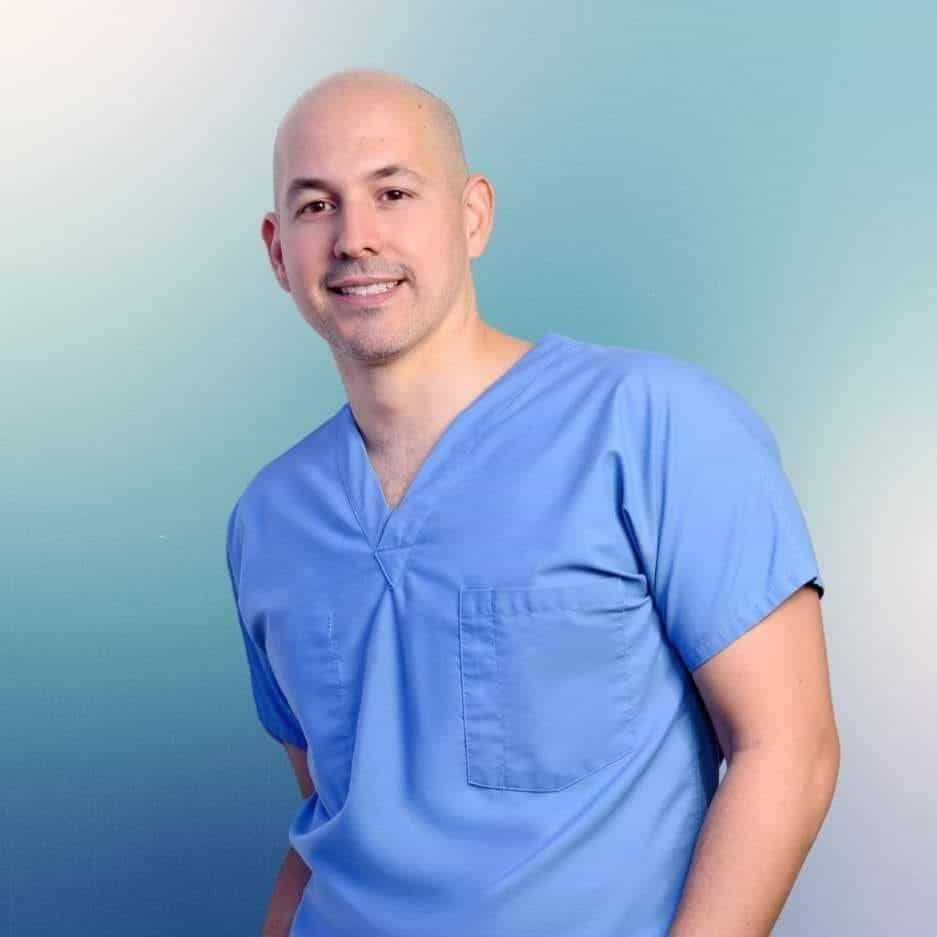
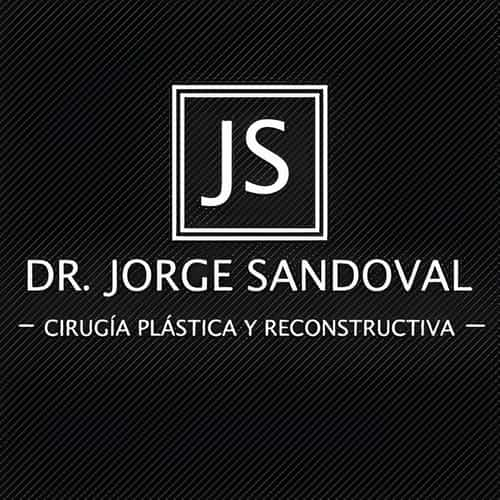
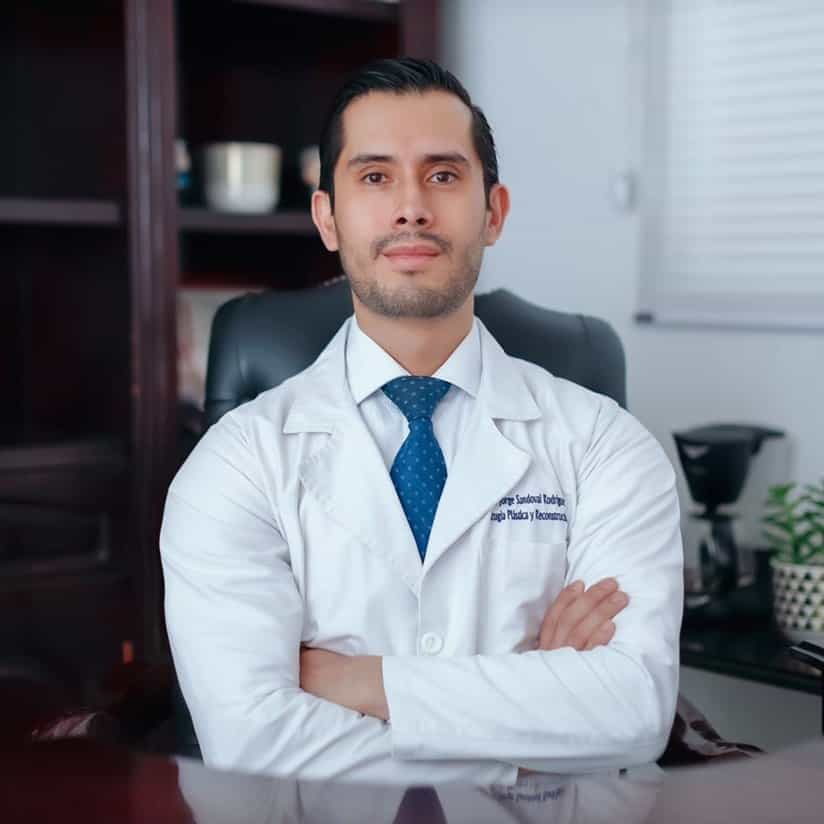
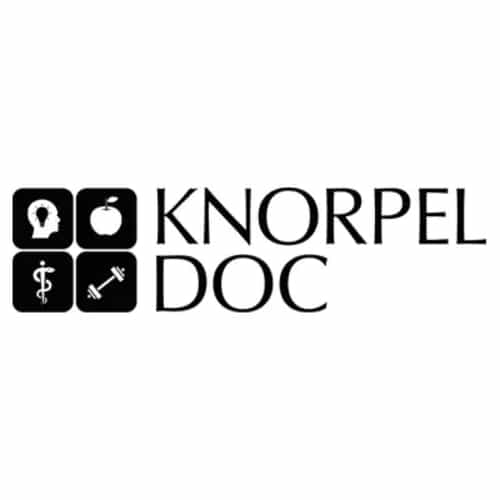


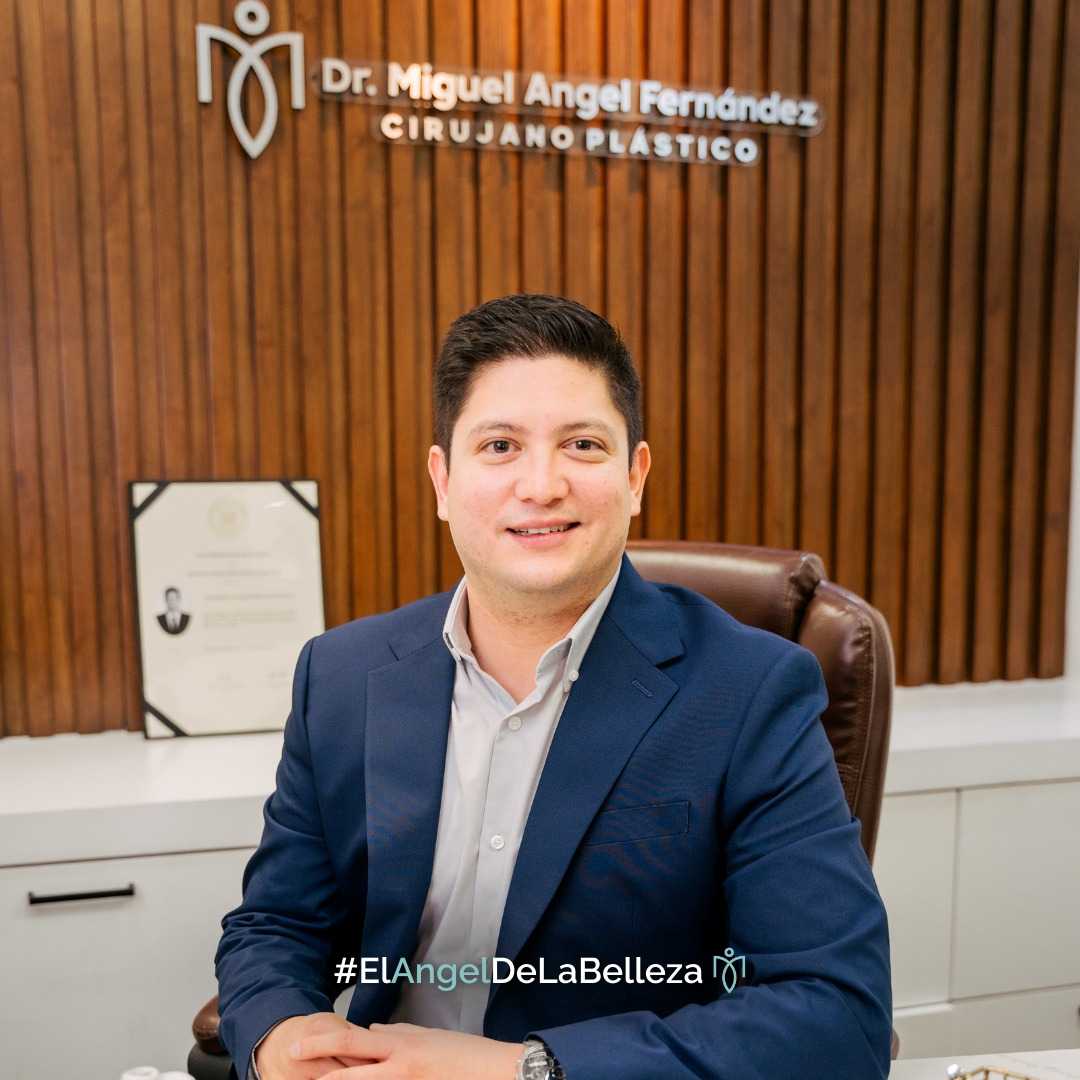
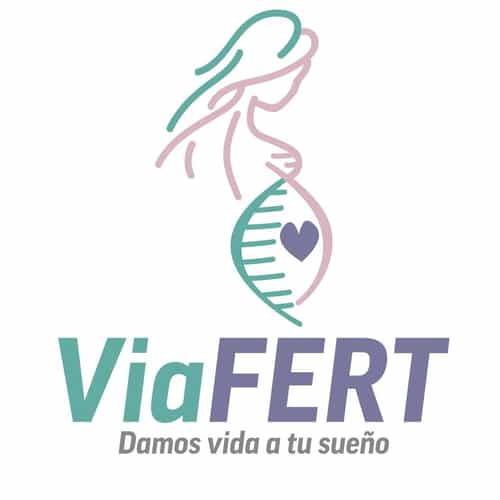
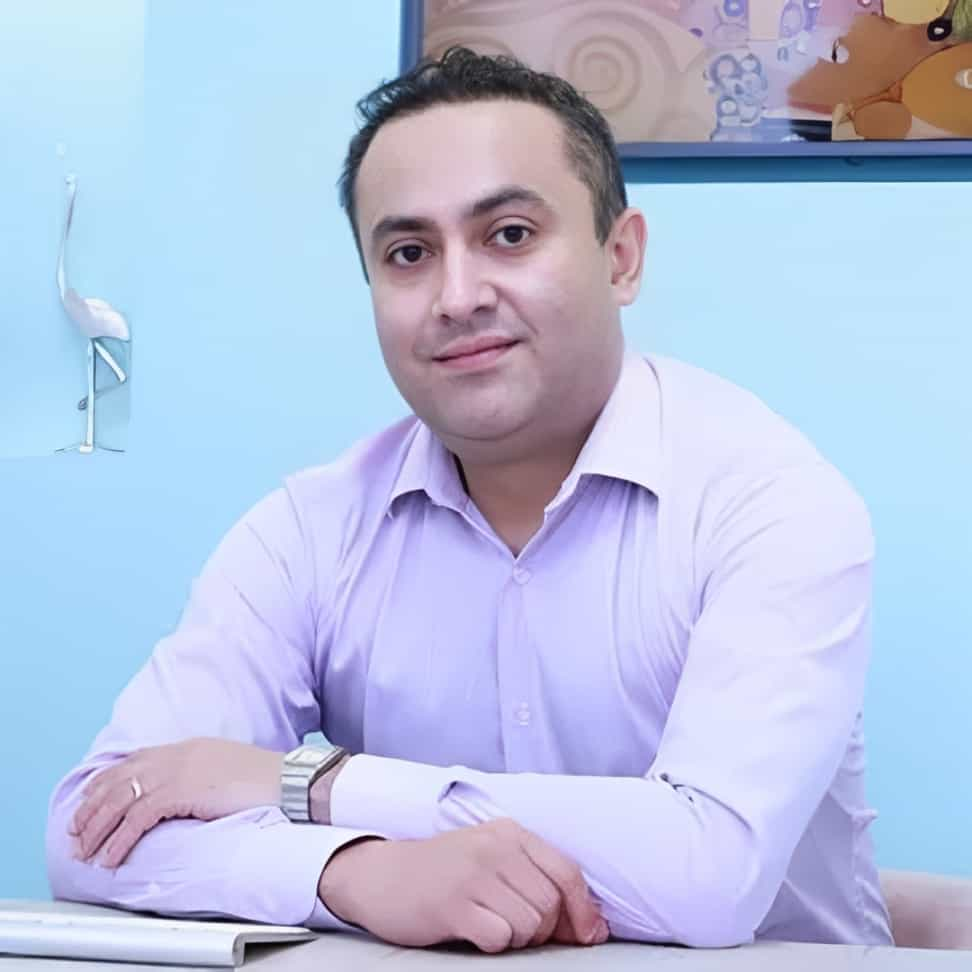
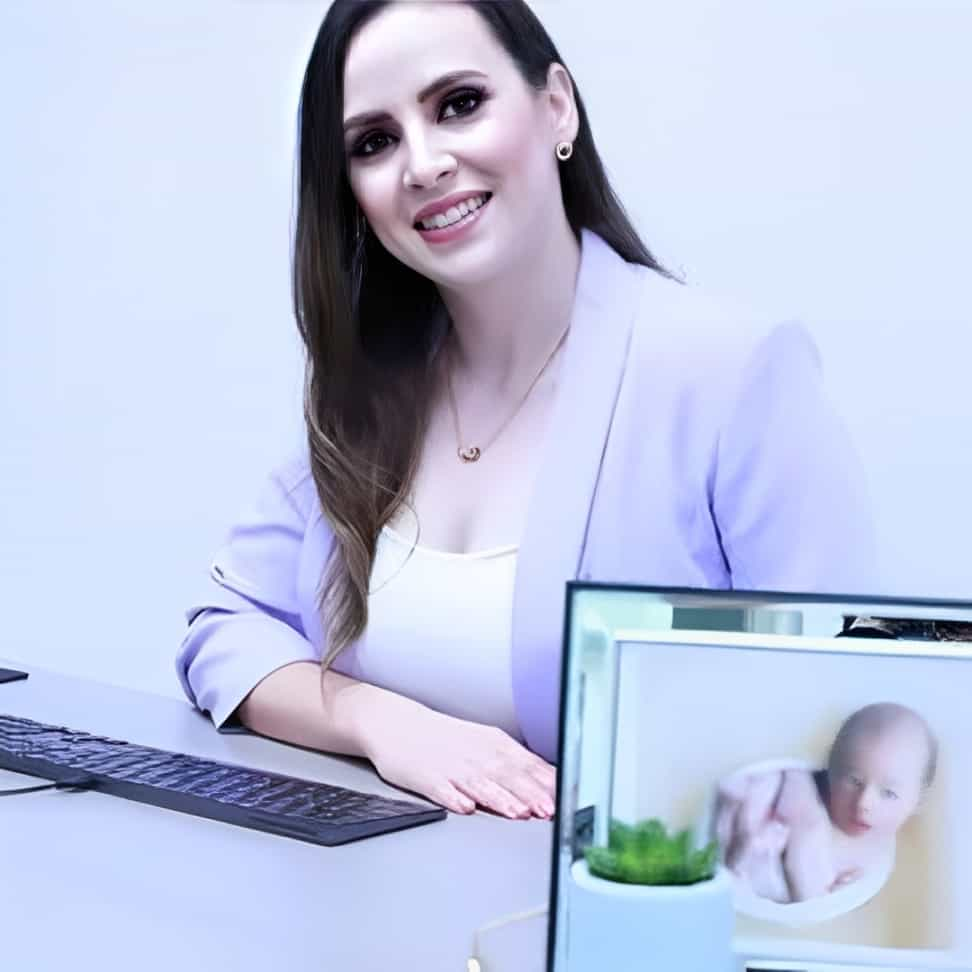
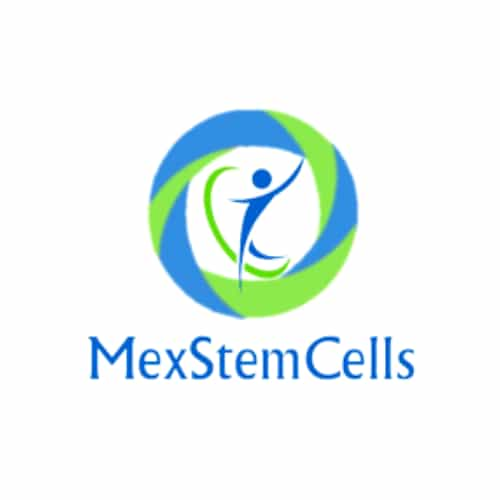
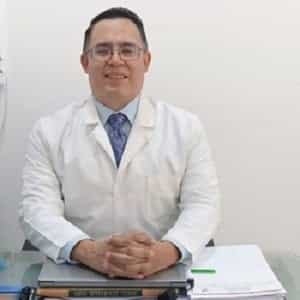












(Translated by Google) The teacher is nice, but I am bothered by the staff\'s private conversations (laughter) and their behavior. (Original) 先生はいい方なのですが、スタッフの私語(笑い声)や対応が気になります。
Read More